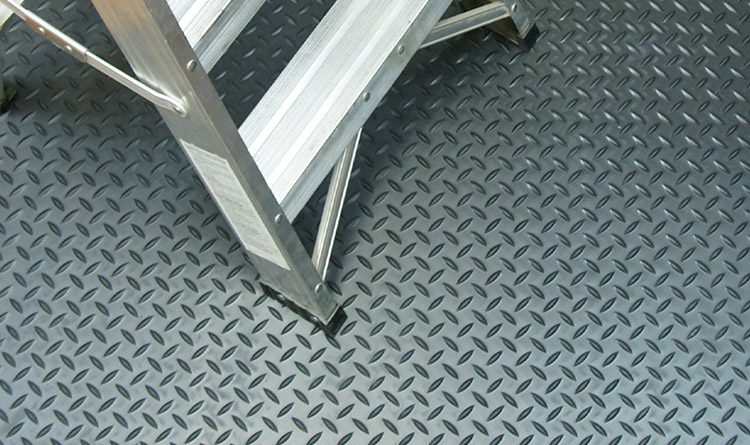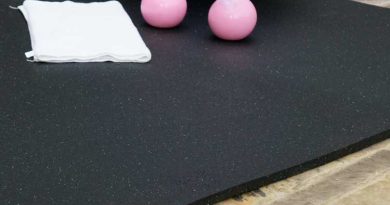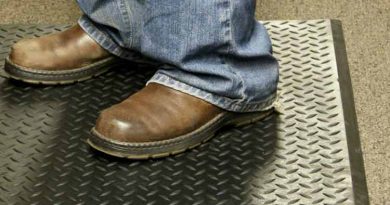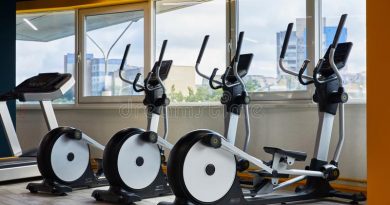How is Rubber Flooring Installed?
There are typically three main methods of adhering rubber flooring to a surface: double-sided tape, glue, and loose laying. Each of these installation methods are best for different conditions and environments as well as personal preference on how permanent or impermanent you want your rubber flooring to be. Factors, such as weather, types of rubber flooring, and level of foot traffic, should be taken into consideration before choosing a method of adhesion.
Double-Sided Tape
Double-sided tape is recommended only as an indoor solution as outdoor weather conditions may deteriorate the adhesives on the tape. This method of installation offers a more temporary application that makes for easy removal or replacement in case of any damage. In addition, when installing rubber flooring using this method, the tape should only be used along the perimeter of the mat to ensure a temporary, yet still sturdy, flooring application.
Glue
Glue is not a widely recommended method as double-sided tape is for rubber floor installation. It is recommended only in cases in which the floors will experience heavy-foot traffic, or if they are located outside where they are exposed to changing weather conditions. Another occasion glue can be used is to ensure permanent flooring in places that require it, such as public gyms. Due to the permanence of its application, glue is not frequently recommended as it is harder to remove for replacements.
Loose Laying
Loose laying rubber flooring is also an installation alternative. This method is not popular since most people are looking for a more stable flooring option. One exception to this is modular flooring tiles. The interlocking mechanism of this flooring type offers easy installation that does not require the use of any adhesives and provides ample stability. Other times, rubber stair treads, such as cast-iron treads, are difficult to adhere to a surface due to their unique designs; however, they are usually heavy enough to stay in place without the use of any adhesives.
To learn more about DIY rubber flooring, click the link below to check out our article!




